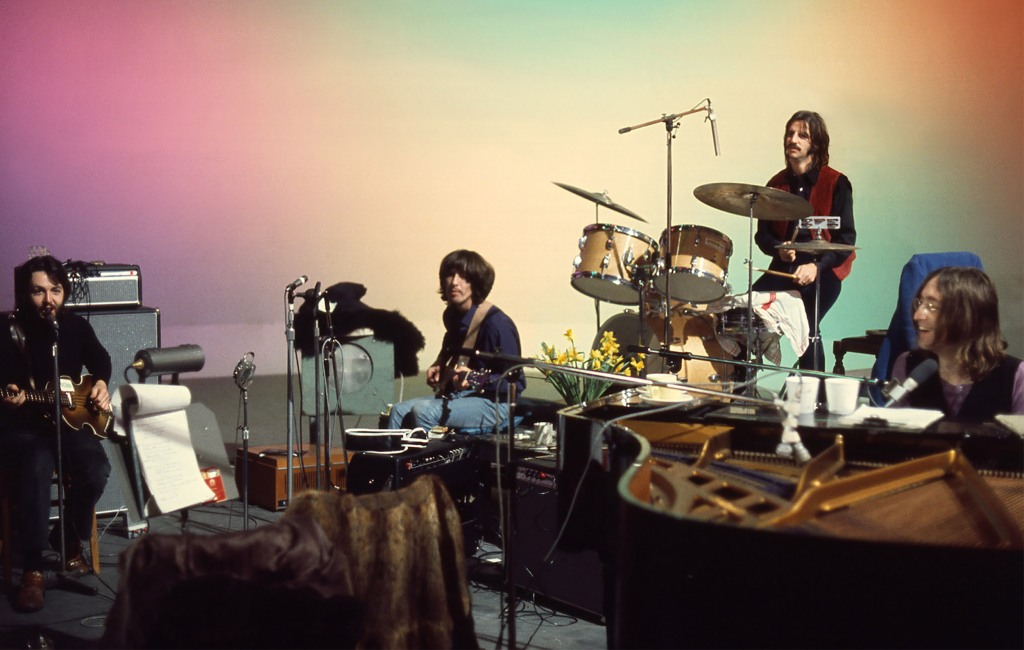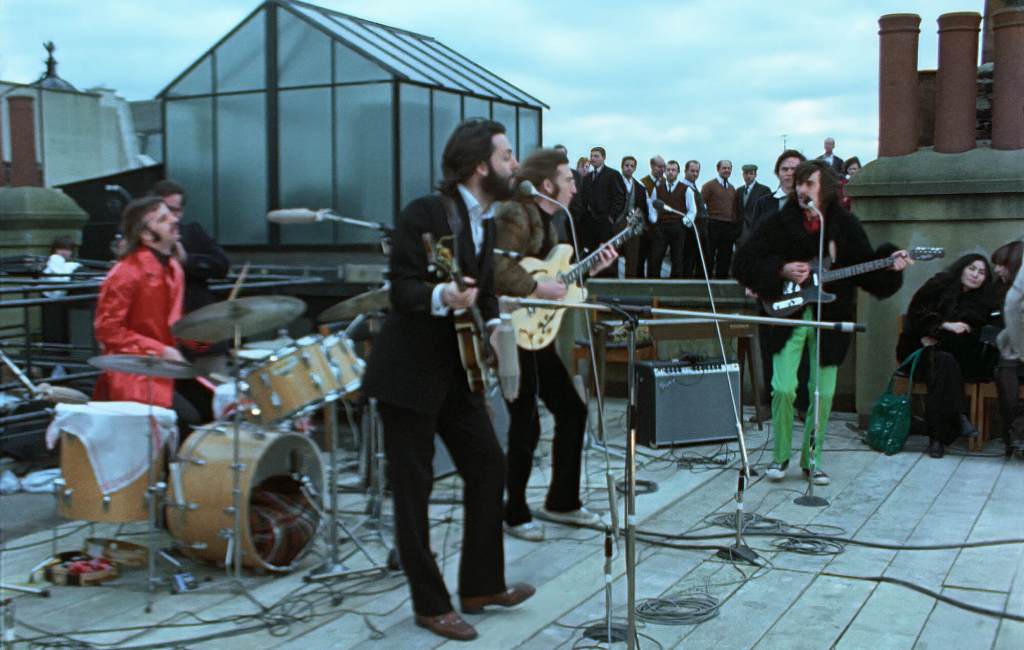Tags
George Harrison, Get Back, John Lennon, Music, Paul McCartney, Peter Jackson, Ringo Starr, The Beatles
I treated myself to a copy of Peter Jackson’s film about The Beatles, Get Back, and I have to say that it was well worth the money.
Jackson had taken all the film footage and audio tapes from The Beatles experiment in filming the production of a new album, and rehashed it all to make a new film. It wasn’t the most successful of artistic endeavours when it was conceived in 1969, but there was an album and a film made back then, famously called Let It Be, and of course it spawned what turned out to be The Beatles last live performance together.
So what did Jackson do to make this film better than the original? Well, he used a whole lot more of the film footage, his film is very long, and he was somewhat more sympathetic in his treatment of the obvious cracks that were appearing within The Beatles group. He also used the opportunity to highlight The Beatles at their creative best, albeit that it was during quite a brief period, and their ability to churn out a seriously good live performance with seemingly little effort.
The original concept of putting the boys in an empty film studio to practice their songs for a new album was flawed from the outset, largely because I don’t think the group was consulted. The acoustics were terrible, there was no PA system for them to hear what they sounded like, and there was no means to record anything. When they abandoned the film studio for the recording studio in their Apple Corps HQ in London, where they had everything they really needed, the creativity really took off.
Jackson also ably described the reasons George Harrison walked out, and what the others did to get him back again. For lots of reasons, the balance of the group had been changing, and McCartney was assuming a dominant role. When he and Lennon were forced to look at why Harrison had left, they realised that the group had lost its equilibrium and they needed to restore it, if only to get the project finished. In coaxing Harrison back, and promising to address the issues of equal input, the group found its best again and produced some absolutely amazing work, and in a very short time. To watch the process when it was functioning well was really quite astounding, and there was a real glimpse into why The Beatles were so successful.
The culmination of the project, and not what was originally planned, was that famous last performance on the roof of their building in London’s Saville Row. It was a good performance by anyone’s standards, but to see how they arrived at it, with two of them not committing to do it until the morning of the performance, was awe inspiring. As The Beatles they did all get to the roof, and they did some great numbers in the cold of a January afternoon, proving just why they had been so great. The people in the street who heard the music thought it was great, or most of them did, and the Police looked embarrassed at having to call a halt to the performance after some complaints about the noise. All in all, though, it was a great way for The Beatles to sign off.
The film also pointed to the direction that the four individual Beatles were heading when The Beatles were no more. I for one came away thinking that the group’s breakup was almost inevitable, and that it wasn’t a bad thing. Of course we have lost two of the group now, and the other two really should think of retiring. Whatever may have happened, though, if you’re a fan of The Beatles, or even just a lover of pop music, I’d highly recommend this film, but make sure you’re sitting comfortably first.


